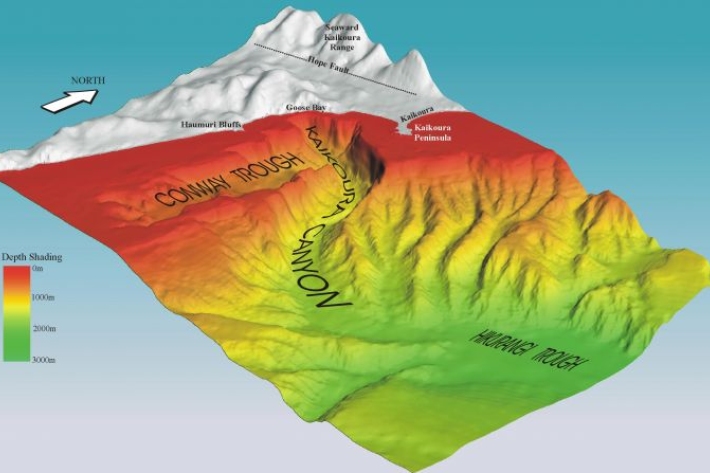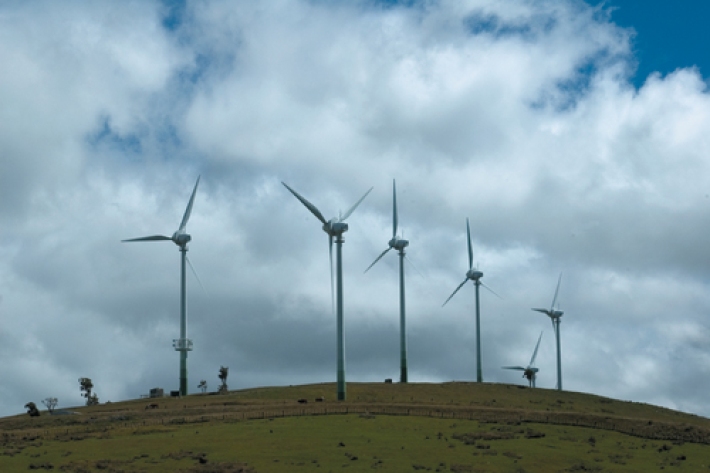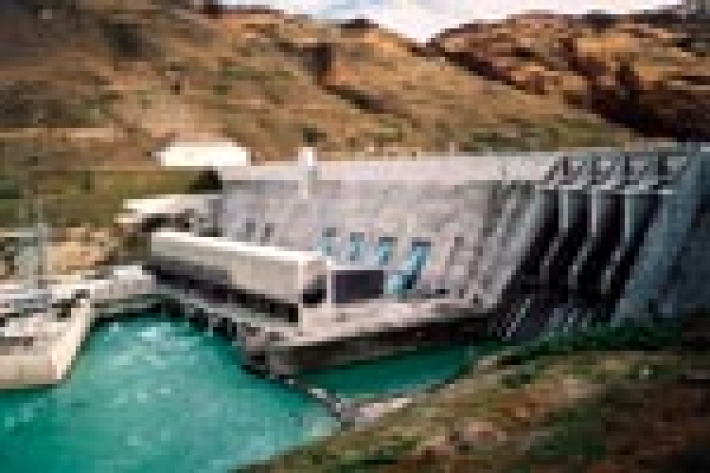-

Kaikoura Canyon survey
Research ProjectNew Zealand's Kaikoura Canyon is a 'biodiversity hotspot', containing far more life than seen before at such depths. -

Sediment and wind
How may wind energy generation activities influence sediments in waterways? -

Riparian vegetation and wind
What are the impacts of wind energy generation activities on riparian vegetation? -

Water take and geothermal
How do geothermal energy generation activities potentially influence water flows? -

Water temperature and geothermal
What are the impacts of geothermal energy generation activities on water temperatures? -

Chemical contamination and geothermal
What are the potential sources of chemical contamination from geothermal energy generation activities? -
Water take and thermal
How may thermal energy generation activities influence water resources? -

Water temperature and thermal
Generating electricity creates a lot of wasted energy in the form of heat, which then needs to be cooled before it can be discharged into the environment. -

Riparian vegetation and hydro
What are the potential influences of hydro-dam activities on riparian vegetation?
